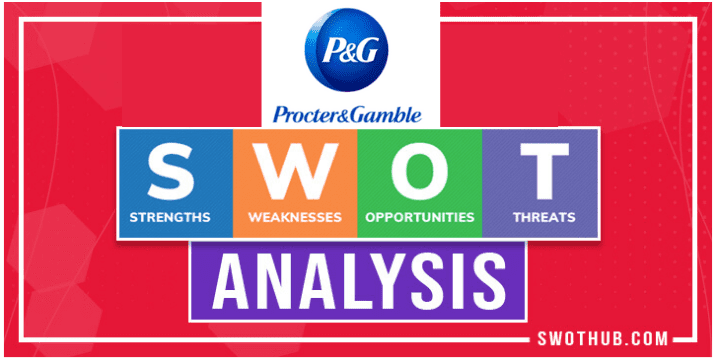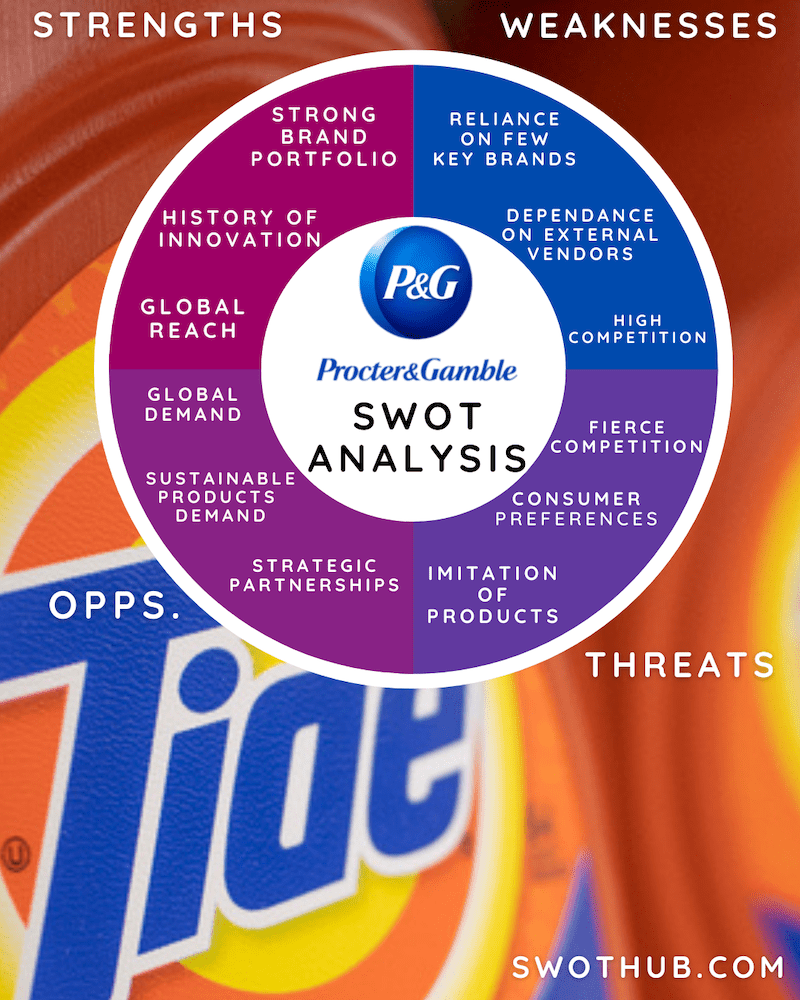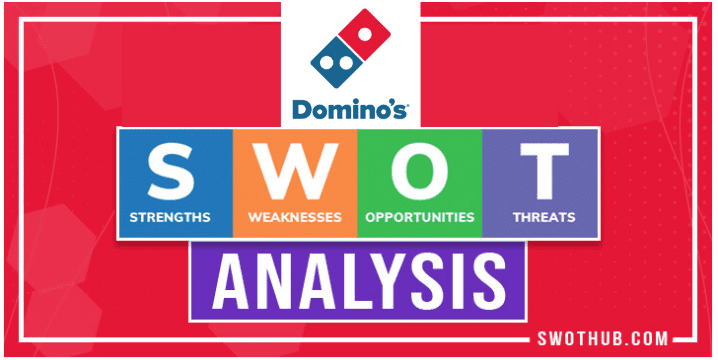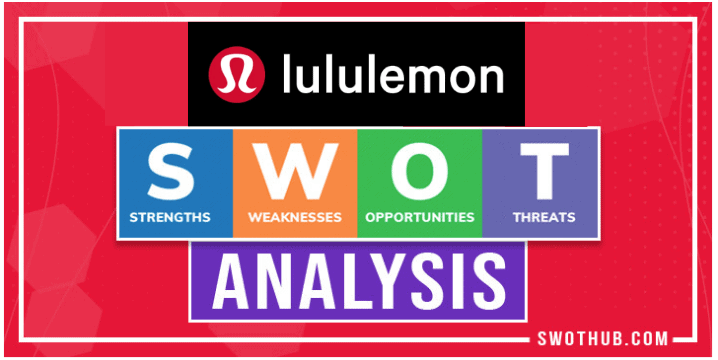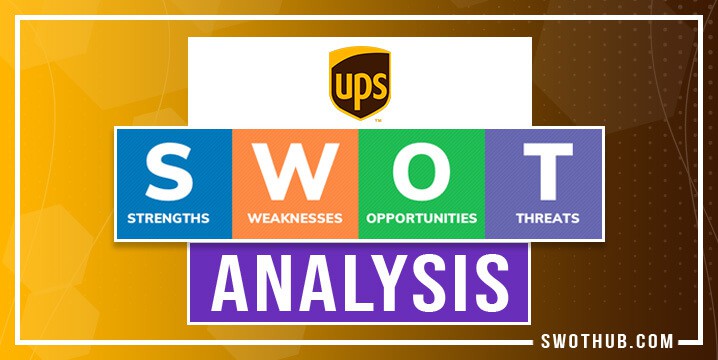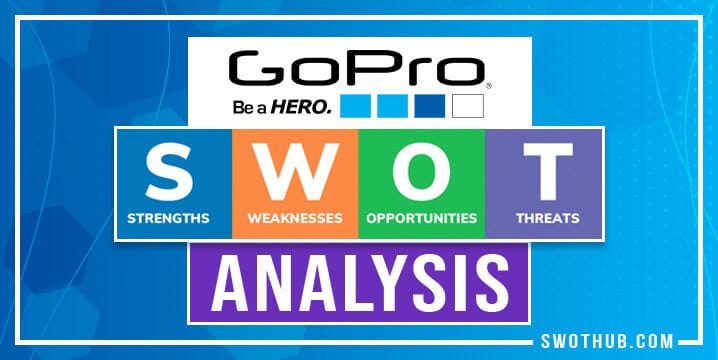Proctor and Gamble or P&G have cornered the market on consumer goods worldwide. In this P&G SWOT analysis, we look at P&G’s strengths, weaknesses, opportunities, and threats in this ultra-competitive market. This powerhouse of a company is the parent company of some of your favorite brands from Tide, Pampers diapers, and Crest toothpaste. Although P&G holds much of the market share, competitors such as Unilever, Nestle, and Johnson and Johnson are stiff competitors for household spending. In this Procter and Gamble SWOT analysis, we look at P&G’s strengths, weaknesses, opportunities, and threats in this ultra-competitive market.
Table of Contents
Procter and Gamble SWOT Analysis – P&G History
The global consumer goods company Procter & Gamble (P&G) has its headquarters in Cincinnati, Ohio, in the United States. P&G was founded in 1837 by William Procter and James Gamble, who were brothers-in-law. Initially, they were candle makers, but later, they diversified into producing soap and other consumer goods.
In the consumer goods sector, P&G has a long history of innovation. They introduced Ivory soap at the start of the 20th century, and it quickly became popular. When they introduced Tide laundry detergent in the 1930s, it completely changed how people washed their clothes. Additionally, P&G is credited with developing the idea of brand management, which is now widely used in the consumer goods sector.
With over 65 brands in its portfolio, P&G is one of the biggest consumer goods companies in the world according to a P&G SWOT analysis. Tide, Pampers, Crest, Gillette, and Olay are some of their best-known brands. They have operations in more than 180 nations and employ more than 100,000 people globally.
In recent years, P&G has been focusing on streamlining its business and reducing costs to remain competitive. They have been selling off non-core brands and investing in their core brands to drive growth. P&G has also been investing heavily in e-commerce and digital marketing to reach consumers in new ways.
Overall, P&G continues to be the market leader in the consumer goods sector, and its solid brand portfolio, emphasis on innovation, and cost control should continue to benefit it in the years to come.
P&G SWOT Analysis At-A-Glance
| Company | P&G – Procter and Gamble |
| Industry | Consumer Goods |
| Founder | William Procter, James Gamble |
| Year founded | 1837 |
| CEO | Jon R. Moeller |
| Headquarters | Cincinnati, Ohio |
| Number of employees | 106,000+ (2022) |
| Revenue (FY 2022) | US $80.28 Billion (2022) |
…
P&G SWOT Analysis:
A SWOT analysis is a framework used to assess a company’s competitive situation and to create strategic planning. By taking P&G’s strengths, and weaknesses of P&G’s threats of P&G as well as opportunities of P&G into account, we may better gain in-depth knowledge about P&G company. In this article, we’ll be taking a look at P&G’s SWOT framework to better understand its competitive position and potential for future growth. See how P&G competitors fare against them and learn about P&G’s Strengths, weaknesses, opportunities, and P&G threats.
P&G SWOT Analysis Strengths:
The areas where a company excels above average or in a manner that distinguishes it from its rivals are its strengths. P&G’s strengths are outlined in this P&G SWOT analysis. In a SWOT analysis of Procter and Gamble, some of its strengths compared to competitors include:
P&G Strengths:
Strong brand portfolio: P&G has a variety of well-known and dependable brands that are well-liked by consumers all over the world, including:
- Tide Detergent
- Pampers Baby Diapers
- Crest Toothpaste
- Gillette Razors and Personal Products
- Olay Skincare Products
In a Procter and Gamble SWOT analysis, P&G has a significant lead over its rivals in terms of consumer loyalty and brand recognition.
Innovation: In a P&G SWOT analysis, P&G has a long history of innovation, and continues to invest in research and development to create new products and improve existing ones. This helps P&G stay ahead of its competitors and maintain its market position. P&G Good Everyday offers rewards for using their products for people who want to make a difference.
Global reach: P&G operates in over 180 countries and has a strong global presence, which gives it a significant advantage in terms of market reach and distribution.
Advertising and marketing: P&G is renowned for its successful marketing and advertising campaigns, which support the development of brand recognition and adherence. They make significant advertising investments and frequently set the pace for emerging marketing trends.
Cost management: P&G is committed to reducing costs and improving efficiency, which helps it remain competitive and maintain profitability.
These strengths help P&G to maintain a competitive advantage over its rivals in the consumer goods industry and continue to grow and succeed in a highly competitive market.
P&G SWOT Analysis Weaknesses:
Weaknesses of a company are those that limit its potential, make it less competitive, and prevent it from achieving its goals. In this section of the P&GP& SWOT analysis, we’ll examine P&G’s weaknesses. In a Procter and Gamble SWOT analysis, some of their weaknesses compared to competitors include:
Reliance on a few key brands: P&G relies heavily on a few key brands, including Pampers and Tide, for a sizable portion of its revenue, despite having a strong brand portfolio. This raises the possibility of over-dependence on these brands and makes them susceptible to shifts in consumer preferences.
High competition: P&G operates in a highly competitive market, with several other large and established players like Unilever, Johnson & Johnson, and Colgate-Palmolive. This makes it challenging for P&G to maintain its market share and grow its business.
Slow decision-making: Compared to some of its rivals, P&G is a massive corporation with a complex hierarchy, which can slow down decision-making. Because of this, P&G may find it difficult to react quickly to shifting consumer trends or market conditions.
Limited presence in certain markets: While P&G has a strong global presence, it may have limited penetration in certain markets, which can limit its growth potential.
Dependence heavily on external vendors: P&G depends on outside vendors for its raw materials, packaging, and other product components. Due to this, it is susceptible to supply chain disruptions, which may influence both production and sales.
P&G may find it difficult to maintain its competitive position in the consumer goods sector because of these weaknesses, but the company has taken steps to address them through programs like cost management, portfolio optimization, and investments in new ideas and technology.
P&G SWOT Analysis Opportunities:
Procter and Gamble have a variety of opportunities before them. The following portion of the P&G SWOT analysis will examine some of P&G’s opportunities compared to competitors including:
Growing demand in international markets: P&G can expand significantly in emerging markets like China and India. P&G can take advantage of this opportunity to increase both its market share and revenue because these markets’ growing middle classes have increased demand for consumer goods.
Increasing demand for sustainable products: There is a growing trend of consumers demanding sustainable products that are environmentally friendly and socially responsible. P&G can capitalize on this opportunity by investing in research and development to create sustainable products and implement sustainable manufacturing practices.
Expansion through strategic partnerships: P&G can leverage strategic partnerships to expand its product offerings and reach new customers. Collaborating with other companies or organizations can help P&G to enter new markets, create new products, and gain access to new distribution channels.
Acquisition-driven growth: P&G may have the chance to increase its market share and diversify its product line by acquiring other businesses that complement its current offerings and capabilities.
Procter & Gamble SWOT Analysis Threats:
Threats pose a risk to every company’s stability and profitability. In this P&G SWOT analysis, we will address some of the threats that are important to examine.
Some of P&G’s largest threats compared to competitors include:
P&G’s Competitors:
In a P&G competitors analysis analysis in terms of competition, P&G faces strong competition from other consumer goods giants:
- Unilever: Unilever is a British-Dutch multinational consumer goods company that operates in various markets globally. Unilever competes with P&G in many product categories, including personal care, home care, and food and beverage.
- Johnson & Johnson: Johnson & Johnson is an American multinational medical devices, pharmaceuticals, and consumer goods company that competes with P&G in the personal care and baby care categories.
- Colgate-Palmolive: Colgate-Palmolive is an American multinational consumer goods company that competes with P&G in the oral care, personal care, and home care categories.
- Nestle: Nestle is a Swiss multinational food and beverage company that competes with P&G in the coffee, tea, and pet care categories.
- Kimberly-Clark: Kimberly-Clark is an American multinational personal care and consumer goods company that competes with P&G in the baby care, feminine care, and adult care categories.
In a P&G SWOT analysis, some other threats include:
Imitation of P&G products: P&G’s rivals might make copies of the company’s goods or develop their own alternatives to its products. Threats from product imitation include potential declines in P&G’s market share and revenue.
Changing consumer preferences: Consumer preferences are constantly evolving, and P&G may face a threat if it fails to keep up with these changes. If P&G is unable to anticipate and respond to changing consumer preferences, it may lose market share to its competitors.
Economic conditions: P&G’s performance can be affected by changes in global economic conditions, such as recessions, inflation, and exchange rate fluctuations. Economic conditions can be a threat as they can affect consumer spending patterns and purchasing power.
Regulations are evolving: P&G operates in many different markets around the world, and regulations changing in these markets can be a threat. The operations of P&G may be impacted by regulatory changes, which may also raise compliance costs and reduce the company’s ability to compete with rivals.
It’s essential to keep in mind that the competitive landscape is subject to change over time, and P&G may eventually face rivalry from other businesses. Additionally, the business might face rivalry from other businesses in various markets and product categories.
P&G SWOT Analysis – Conclusion and Recommendations:
Procter and Gamble must focus on several key strategies to remain competitive in the consumer goods industry.
- Focus on innovation: To stay ahead of the competition, P&G should continue to invest in research and development to create innovative products that meet evolving consumer needs and preferences. The company can also explore new technologies, such as artificial intelligence and the Internet of Things, to enhance its products and services.
- Intensify their presence in emerging markets: Companies that sell consumer goods can grow significantly in emerging markets. P&G should keep concentrating on growing its market share in these regions, which will necessitate learning about the customs, tastes, and distribution methods of the area.
- Boost its digital capabilities: Consumer goods companies must transform their businesses to the digital age if they are to increase customer engagement and operational efficiency. The customer experience can be improved, the supply chain can be optimized, and P&G’s marketing strategies can be strengthened using digital technologies.
- Encourage partnerships and collaborations: P&G can access new markets, develop new products, and access new distribution channels by working together with other businesses or organizations. P&G should foster alliances and joint ventures that enhance its current capabilities and product line.
- Emphasize sustainability: There is a growing trend of consumers demanding sustainable products that are environmentally friendly and socially responsible. P&G can capitalize on this opportunity by investing in research and development to create sustainable products, implementing sustainable manufacturing practices, and communicating its sustainability efforts to consumers.
P&G will need to evaluate its specific market conditions, competition, and internal capabilities to determine its growth strategy. The consumer goods market is a global market and there is room for improvement from all of P&G’s competitors.

